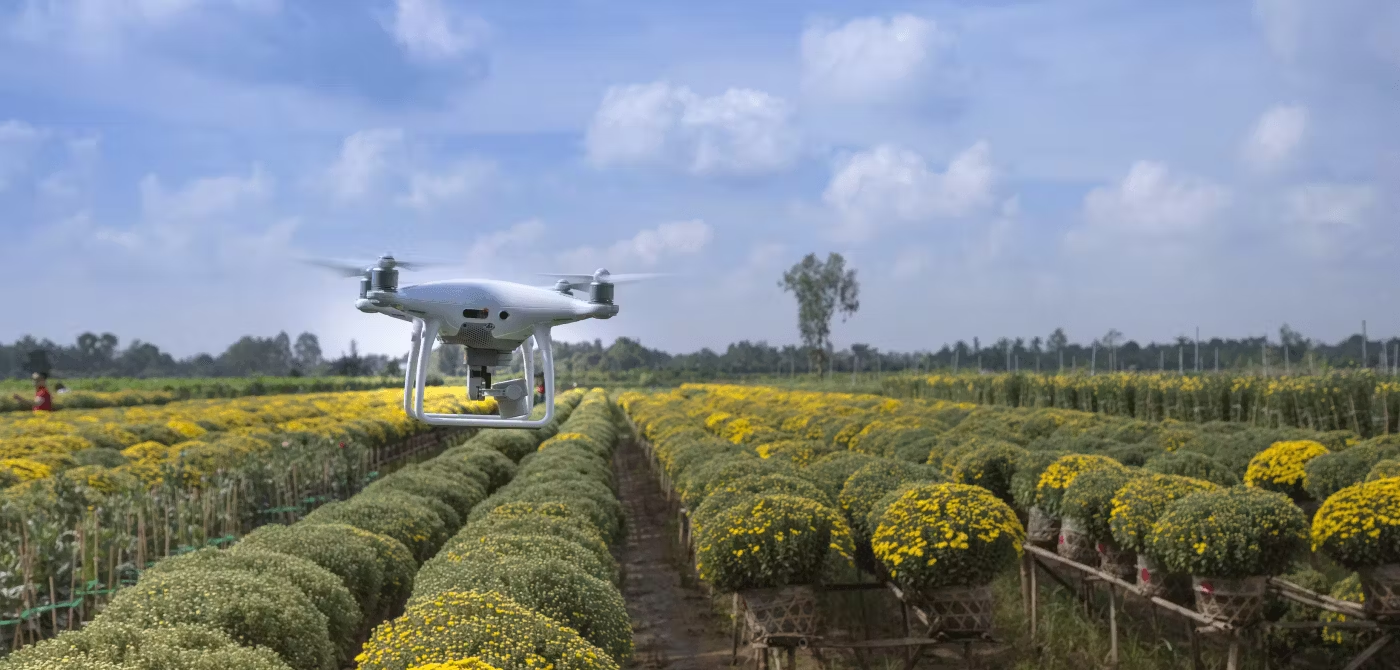The world’s forests are not only valuable in terms of their ecological significance but also possess immense economic potential. A recent study by the Boston Consulting Group reveals that forests have an estimated worth of up to $150 trillion, with a significant focus on carbon credits. As more attention is drawn towards conserving and restoring forests, the need for accurate and reliable monitoring becomes paramount. However, the existing methods of data collection are often unreliable and cumbersome. This gap in the market has created a ripe opportunity for startups in the forestry technology sector.
Key Takeaway
Forestry tech startups are poised to revolutionize the way we monitor and manage forests. By improving data quality and cost-effective monitoring, the value of conserved and restored forests can be significantly enhanced.
The Importance of Data Quality and Cost-Effective Monitoring
The current challenges in forest monitoring have prompted investors and climate tech enthusiasts to seek innovative solutions that can enhance data quality and streamline monitoring processes. By improving the reliability and cost-effectiveness of forest monitoring, the value of conserved and restored forests can be significantly increased. The hope is that with improved monitoring, more accurate and timely data can be obtained, enabling better decision-making for forest conservation efforts.
The Rise of Forestry Tech Startups
The demand for reliable and efficient forest monitoring solutions has paved the way for a new wave of startups specializing in forestry technology. These companies are leveraging innovative technologies such as remote sensing, artificial intelligence, and blockchain to revolutionize how forests are monitored and managed.
One area of focus for these startups is the development of advanced remote sensing techniques. By utilizing drones and satellite imagery, these technologies can provide detailed and real-time data on forest health, biodiversity, and carbon sequestration. This not only improves the accuracy of monitoring but also provides valuable insights for policymakers and investors.
In addition, artificial intelligence plays a crucial role in processing and analyzing the vast amounts of forest data. Machine learning algorithms can quickly process data collected from various sources and provide actionable insights to forest managers. This enables them to make informed decisions and maximize the effectiveness of conservation and restoration efforts.
The Future of Forestry Tech
As the demand for sustainable practices and environmental conservation grows, the potential for forestry tech is limitless. The integration of advanced technologies into forest monitoring and management processes enables greater efficiency, accuracy, and transparency. This not only benefits the environment but also presents lucrative opportunities for investors in the green economy.
Furthermore, the application of blockchain technology in forestry tech holds promise for ensuring data integrity and transparency. By utilizing blockchain, stakeholders can verify the authenticity of forest data, carbon credits, and financial transactions, fostering trust and accountability in the industry.
In conclusion, forestry tech is at an inflection point, poised to transform forest conservation and restoration efforts. The use of innovative technologies, such as remote sensing, artificial intelligence, and blockchain, has the potential to revolutionize how forests are monitored and managed. With improved data quality and cost-effective monitoring, the value of conserved and restored forests can be maximized, paving the way for a sustainable and prosperous future.

























